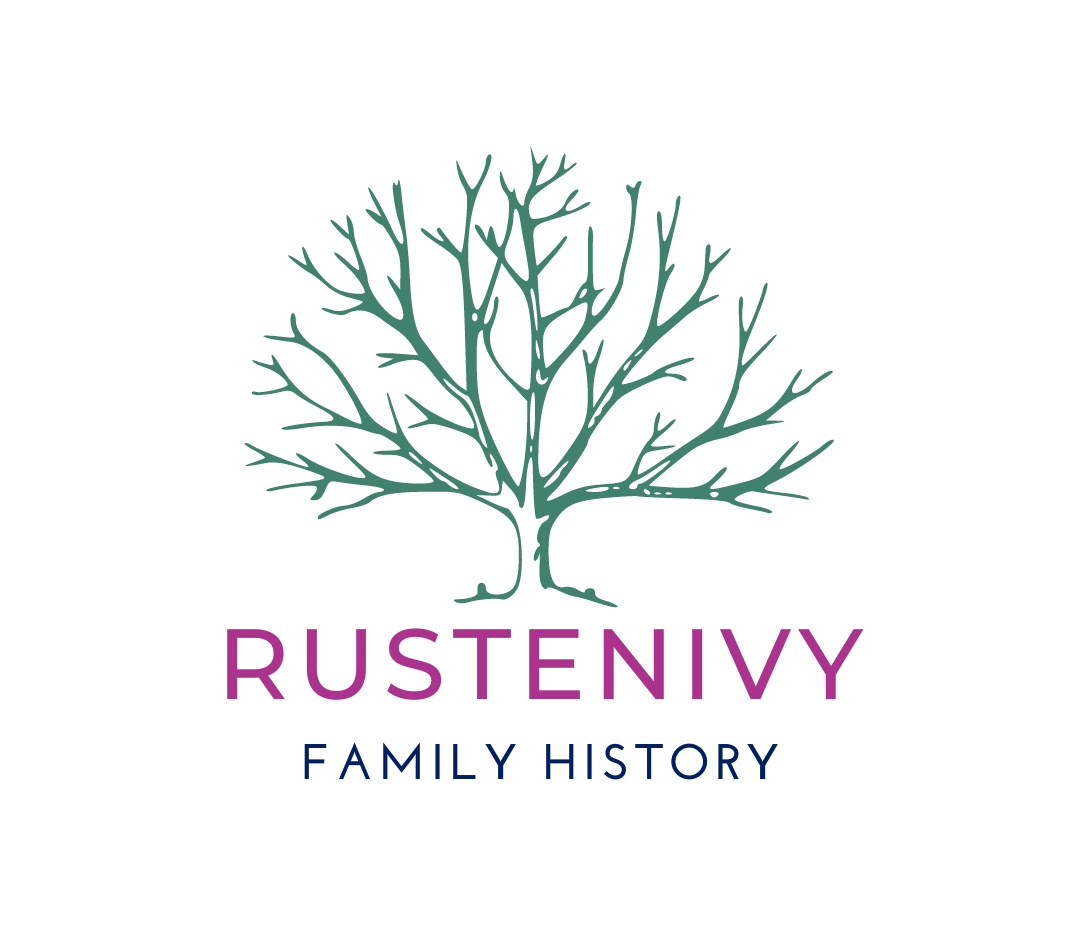As soon as I saw how close St Michael’s Mount was to my accommodation, I just had to visit! As you can see from the pictures, it is a very steep ascent to the top and the official website warned that it is not an easy climb. Despite my bad knees and asthma, I was determined, so I actually trained for a couple of months to make sure my body was capable of managing the climb. And it was worth it!
St Michael’s Mount is a tidal island in Mount’s Bay, off the coast of Marazion, Cornwall. It contains a castle, a village and remains of monastic buildings dating back to the 12th century. It is owned and managed by the National Trust.
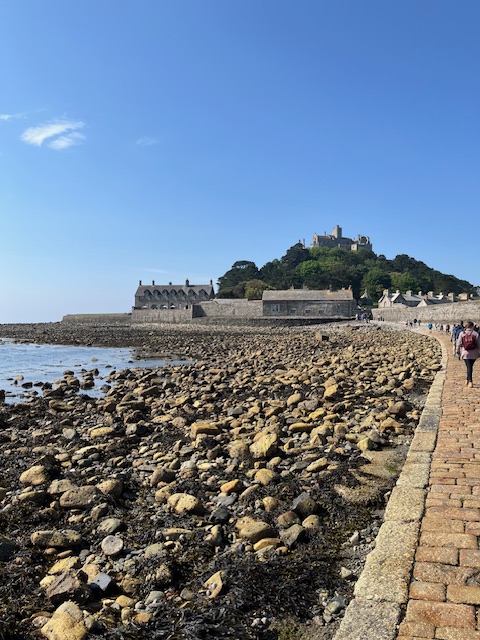
Historically, St Michael’s was part of the parish of St Hilary, which is where my maternal Matthews family line is from (Lydia’s father’s line). In 1820, at the time my family was there, John Thomas published a book about Mount’s Bay. His response to St Michael’s provides an insight into how my family may have envisaged it.
‘This sublime spectacle … is one of those rare and singular objects which impress the mind with sensations of veneration, pleasure, and astonishment, the instant it is seen. Even a distant view of St. Michael’s Mount excites ideas of solemn grandeur; but the effect is considerably heightened, when the spectator gradually ascends its craggy sides, and slowly winds his way to their summit, among pendant rocks and awful precipices, from which he looks down on diminishing objects below, and catches the fire of enthusiasm, from a recollection of departed ages, and from a vast expanse of sea and land that becomes instantly exposed to his view.’ [1]

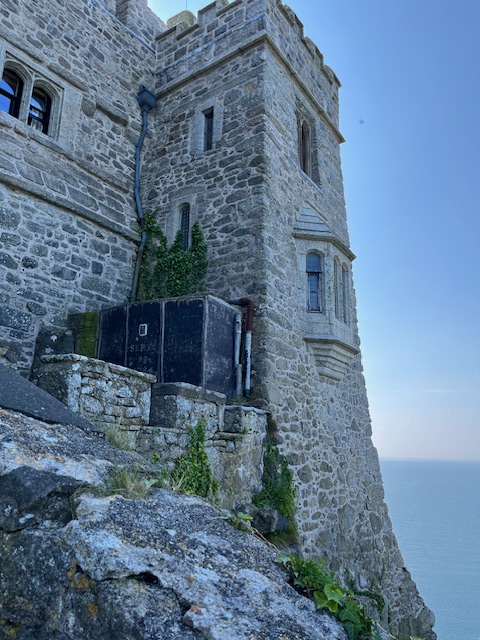

History
It is difficult to gain a decent understanding of the history of St Michael’s when limited to online sources, as most of them seem to regurgitate the same sensationalised mix of information and legend aimed at entrancing tourists. As a historian and genealogist, I have found it quite frustrating.
There does appear to be agreement that the island was given to the Benedictine order of Mont-Saint-Michel, in return for their support of William the Conqueror in his claim to the English throne. This association explains the similarities between the island and the more famous Mont St Michel in Normandy, France. There is speculation that the island may have been the site of a monastery from the 8th to early 11th centuries. Wikipedia refers to evidence from archaeological investigations of occupation during the Neolithic and a cliff castle dated to the 1st millenium BC, so perhaps that report contains some reliable evidence about the early monastery.[2] Unfortunately, I have not been able to view the archaeological reports myself. As an ex-archaeologist, I would be interested to read them, so it is on my To Do list!

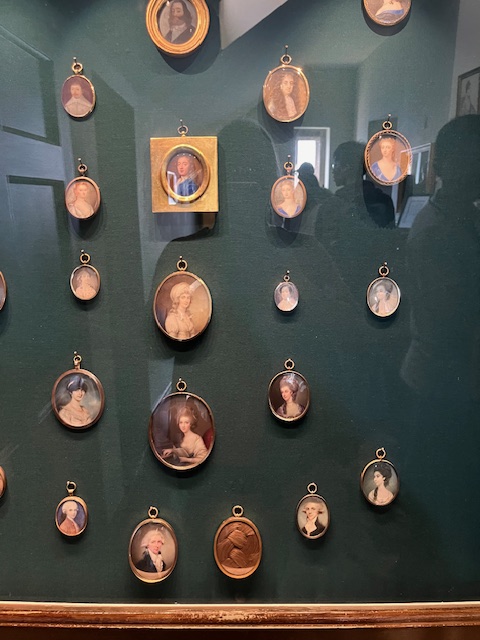
Mythology
In family history, it is not uncommon for family stories to be passed from family member to family member, with misinterpretations, embellishments and alterations along the way. If we, as researchers, fail to investigate the details of the stories, their origins and sources, we can inadvertently repeat erroneous stories and perpetuate the myths.
Other forms of history are not immune to this problem. Much of the hype about St Michael’s Mount centres around stories about the archangel Michael appearing on the Mount. It appears, for example, on the National Trust’s website for the Mount and in the book by Thomas I referred to earlier. [1] Another blogger has debunked this story and his argument seems reasonable, though I have not verified it myself. [3] It demonstrates why just citing sources is not sufficient. You also need to analyse the evidence and strength of the conclusions.
The family of St Michael’s
The island has been home to the St Aubyn family since 1659, when it was purchased by John St Aubyn, who had been military governor of the island’s garrison. His son, also called John, was created 1st Baron of St Aubyn and Clowance in 1671, and was the Member of Parliament for St Michael between 1679 and 1681, though he is reported as living at Clowance, not on St Michael’s Mount. [4]
His descendants did live there and made many alterations to the buildings and structures. The family gave the Mount to the National Trust in 1954 but they continue live there, under lease.
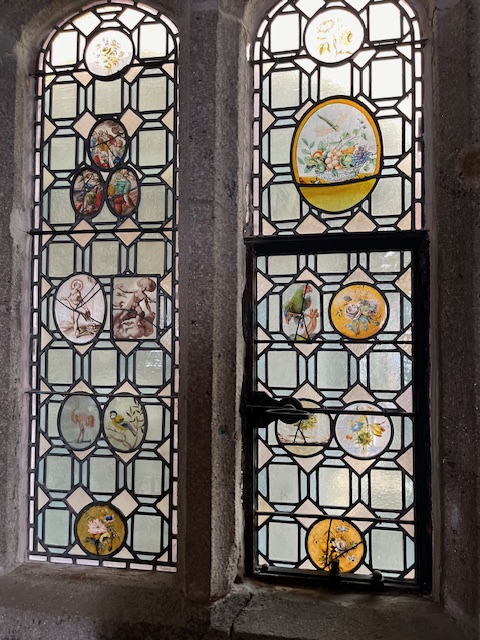


Military role
I am not into military history, but it is difficult to ignore the fortifications and cannons on the island. I thought it strange that most of the cannons appear to be aimed at the town of Penzance, rather than out into the ocean, but there must be a good reason.


In 1588, the first beacon was lit on St Michael’s Mount to warn of the arrival of the Spanish Armada – seven years later, the Spanish returned and burned most of Penzance, Newlyn, Mousehole and Paul. Marazion and the Mount escaped unscathed from the invasion. [1]
The tide was in when it was time to return to the mainland, so I had to catch a boat. It was definitely a great day out!


Sources and more information
- Thomas, John, The History of Mount’s Bay, comprising Saint Michael’s Mount, Marazion, Penzance, Newlyn, Mousehole, etc, Penzance, 1820.
- Herring, Peter, St Michael’s Mount Archaeological Works, 1995-8. Truro: Cornwall Archaeological Unit, 2000, cited in ‘St Michael’s Mount‘, Wikipedia
- Pearse, R., ‘The “medieval legend”of the appearance of St Michael at St Michael’s Mount in Cornwall: A modern myth‘, Thoughts on Antiquity
- Wikitree [St_Aubyn-18] and The Peerage https://www.thepeerage.com/p47783.htm#i477829
- https://www.stmichaelsmount.co.uk
